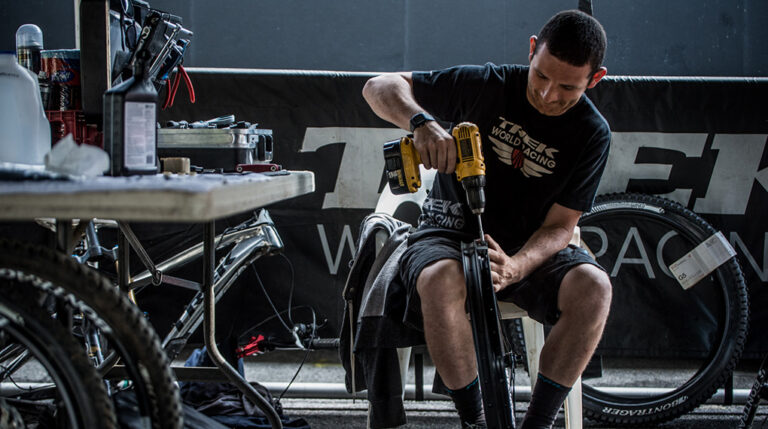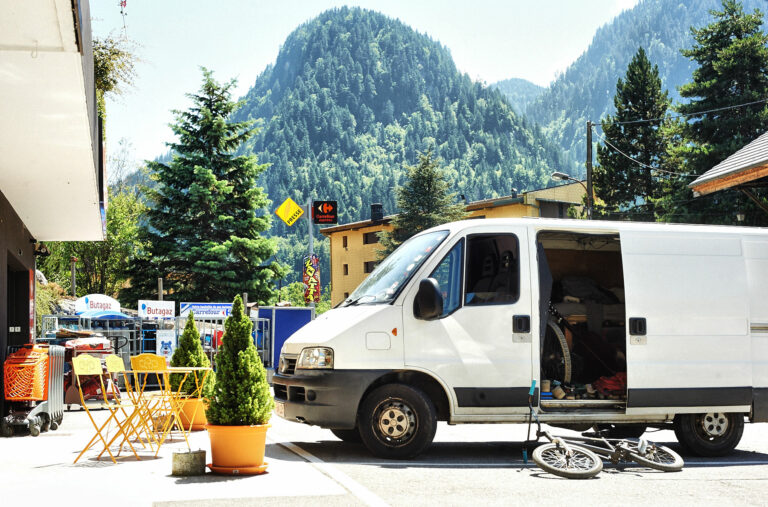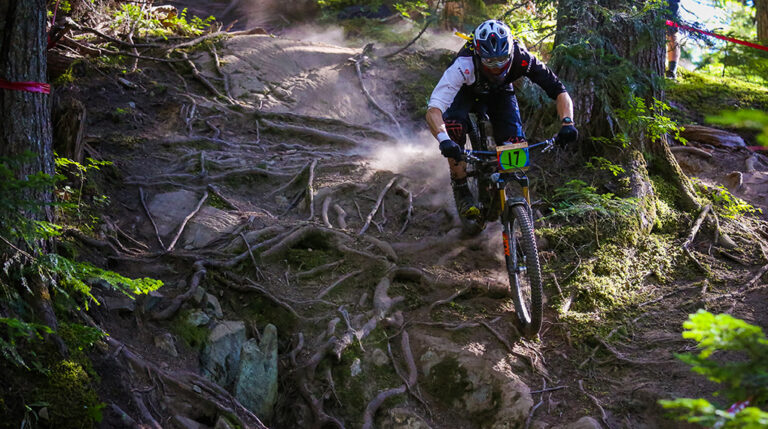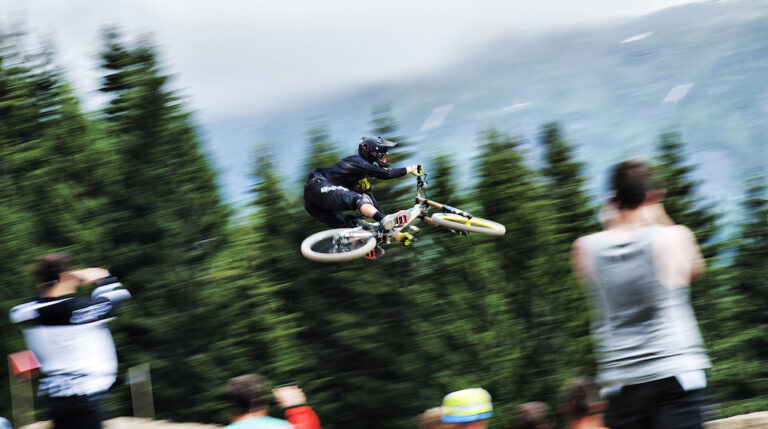
Of course, the clearest problem with the DB Air is compatibility. That gert big piggyback reservoir makes it nice and efficient at dealing with heat, but other simpler inline air shocks fit nicely into compact frame designs and in some cases the DB does not, not to mention the fact that it could be seen as a little ‘overkill’ and heavy for shorter-travel bikes. Thus the next step in the natural progression of Cane Creek’s shocks, the DBInline, which has been developed over the last two years by a small but supremely talented team including two of my hosts at Cane Creek and the employees who were to show me around the shock: Josh Coaplen, who has pretty much been the major innovator and a huge asset to the company since he started, and Brandon Blakely, who joined the company in the last two years but whose experience not only as an engineer but also a top up-and-coming downhill racer adds valuable depth to Josh’s clearly endless wealth of experience, passion and intelligence.
Getting InlineI spent most of my first day at Cane Creek looking through the intricacies of the new DBInline shock – from shim stack to external adjustment. There is a lot going on in there. Brandon had lost track of how many individual components go into making one, but he told me it is over 96… Everything that makes a DB Air CS is present, minus the piggyback. In total, Brandon estimated this took over 70 prototypes over the two years of DBInline’s development, a process that included an abandoned attempt at casting the main head of the shock. Starting at under 300 grams for the smallest shock, the finished product is a considerable amount lighter than a DB Air CS, opening up possibilities for more ‘racy’ short–travel bikes (down to 120mm), it comes with the Climb Switch (to reiterate, this is Cane Creek’s take on lock–out, which increases damping on the shock instead of completely locking it out and is in theory much better for off–road climbs), but still comes with the same range of adjustment (although with less turn on the dials as the Climb Switch apparently eliminates the need – think of crossover gears on a 27–speed transmission versus a 1×11 setup).
DBInline is a shock that you are likely to see stocked on a large number of 2015 bikes, so with its greatly slimmed–down body how can you be sure of its capability? Let me explain the testing process, of which Brandon has been a key figure: Mountain bike brands seem to like Cane Creek (great products and people – this isn’t hard to understand) and the number of bikes with one of their dampers as spec has greatly increased in the last couple of seasons. Those same manufacturers are excited about the DBInline and are stocking their bikes with it and so have played their own part in its development, with Brandon taking trips to ride and advance it on a number of companies’ new bikes during the latter stages of its development (I’m not talking niche brands either). In other words, there has been a lot of trail time on the shock and in a lot of different environments and on a lot of different bikes. I get the feeling that Josh (head of R&D) is beyond meticulous, which, to point out the painfully obvious, is a very good thing.
Ride timeJosh and I bolted an DBInline to my bike – a Canyon Spectral – and headed for the Pisgah Forest. The meandering roads and the deep forest you will hear about in part two, for now we’ll focus on the ride of the shock. It looks a little odd at first, with its four–way adjustment (hi and low speed compression and rebound) packed into a bulky, slightly alien–looking head unit… not that that’s relevant – function over fashion and all that. Josh set the shock to a middle–ground (side–note here: adjustments on CC shocks are made with tools not finger adjusters, and it was a little ironic seeing even Josh curse as he scraped around the depths of his backpack looking for the elusive Allen key – we’ve all been there with a DB shock) and we pedalled our way up a technical trail while I cycled the Climb Switch through its range to see its effect, All was working well and I agree with the theory that climbing is best done with some movement available from the shock (as opposed to full lock–out), as long as its damping is well regulated, which is certainly the case on this and the DB Air CS.
Terrain on the doorstep of Cane Creek is reminiscent of typical UK riding, with plenty of rocks and roots to keep you on your toes and your suspension working hard. DBInline felt composed and definite, controlled in its manner and it gave the bike a confident ride character on the trail, but at first it did feel too harsh over the rough stuff so we dropped pressures and compression as the ride went on. This felt better over the often washboard–like long sections of roots without affecting its composure – I didn’t get that feeling of wallowing or ‘falling’ through the travel that can occur on some ‘less good’ shocks shall we say. Throughout my stay I ran through settings for the rougher trails that came later in the week and reduced compression damping somewhat, which left a shock that felt pretty much akin to its piggybacked brothers. We rode some long old descents without any fade in the damping, pushing the shock to its limit and perhaps even beyond its intended purpose. So did I have any gripes or concerns? Nope, not really, not in my limited time on it at least. However, I would really like some time to compare the DBInline with a DB Air back on familiar trails at home, so for that matter I have both shocks lined up for a bigger feature, taking my Scott Genius LT Tuned and testing these two and other shocks back–to–back on the trails around our base at Dirt HQ. Stay tuned.






